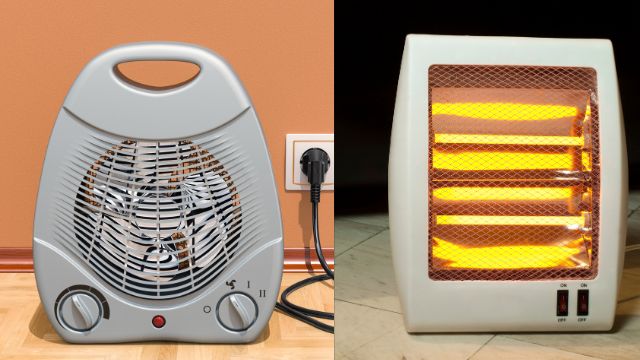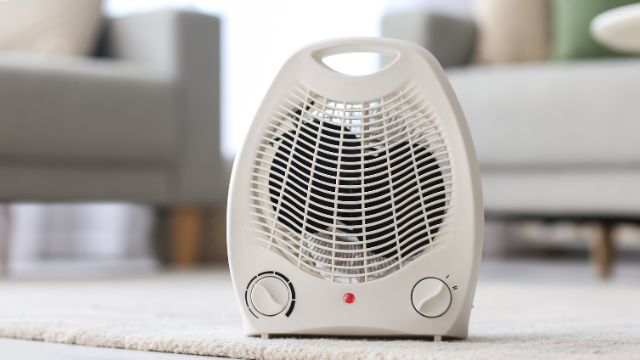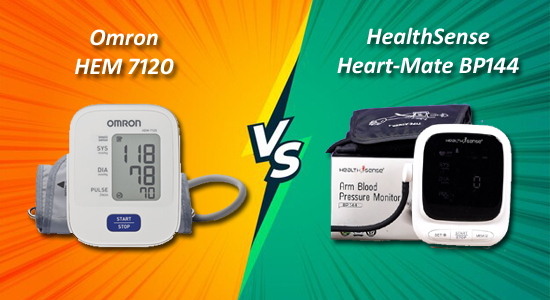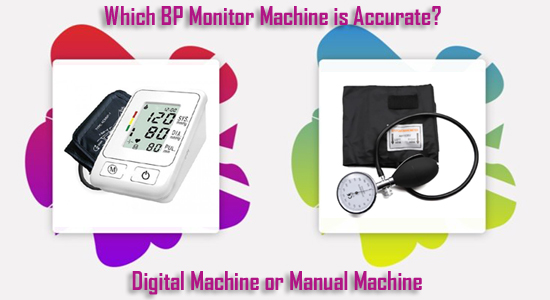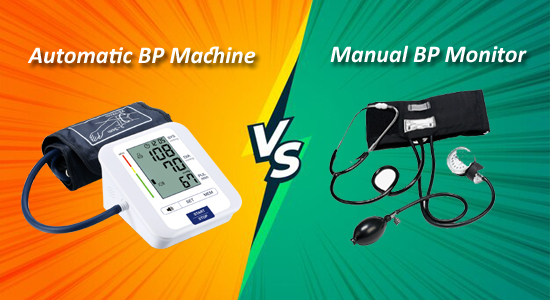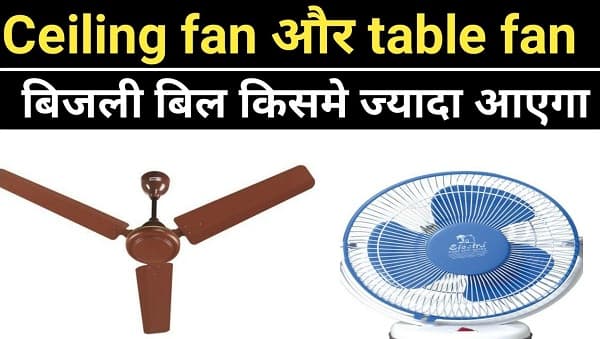The appropriate heating appliance could make all the distinctions when it comes to staying warm throughout the frigid winter months or at night. Two common options are blower and rod heaters, each with a unique combination of benefits and drawbacks. Understanding how they operate and your particular needs will help you choose which is ideal for your needs.
What is a Blower Heater and a Rod Heater?
The common heating device known as a blower heater, sometimes a fan-forced heater or a forced-air heater, is made to quickly and uniformly heat indoor rooms. It works by heating the air within the appliance with an electric heating element.
A rod heater has an element that heats up while electricity flows through it, commonly a metal rod or coil. Rod heaters generate infrared radiation, which warms things and people in their immediate line of sight instead of warming the air in the room.
Blower Heater vs. Rod Heater: Which is Best?
A rod heater and a blower heater can be compared primarily based on how they disperse heat:
Rod Heater: Radiant heating is usually used by rod heaters. They warm a heating element, typically a metal rod or coil, emitting infrared radiation and directly warming nearby items and people. This indicates that they indirectly heat the air around them and do not use fans to move the air. Since no energy expenditure is associated with the fan, this heat distribution technique is frequently quieter and may be more energy-efficient.
Blower Heater: Conversely, blower heaters utilize an amalgam of forced air circulation and convection. A fan circulates the hot air into the space after being warmed by an electric heating element. As the heated air moves throughout the room, the heat is dispersed more evenly. Because of this forced air movement, blower heaters are renowned for their capacity to warm up a room swiftly.
Blower Heater: Advantages
- Quick Heating: Blower heaters are renowned for heating up quickly. An electric heating element produces heat and is then circulated in the space by a fan. This indicates that after turning it on, you nearly instantly feel warm.
- Even Heating: A blower heater’s fan makes sure that warm air is dispersed equally throughout the space. This may contribute to preserving a constant, cosy temperature.
- Portability: Most blower heaters have handles, so moving them around the house as needed is simple. This portability has the potential to be quite advantageous.
- Thermostat Control: Controlled by a thermostat, many blower heaters allow you to select a particular temperature. They’ll automatically come on and go off to keep the set temperature.
Rod Heater: Advantages
- Silent Operation: Rod heaters don’t have fans, so they run quietly. They are, therefore, a fantastic option for bedrooms or other places where noise is an issue.
- Energy Efficiency: Since blower heaters don’t have fans, rod heaters frequently use less energy than those devices.
- Longevity: Rod heaters often last longer because they have fewer moving parts than other heaters. They are frequently seen as a more dependable heating choice.
- No Air Circulation: Since rod heaters don’t circulate air around the room, they might be preferred if you have allergies or other worries about circulating dust and allergens.
How do you determine which is best between a blower and rod heater?
Your tastes and particular heating needs will play a role in determining whether a blower heater or a rod heater is ideal for your needs.
- Tolerance for Noise: Establish your level of tolerance for noise. A rod heater is typically quieter when you require a quiet area because it runs quietly. On the other side, blower heaters’ fans may make them noisier.
- Evaluating Your Heating Requirements: Consider the spot you need to heat when evaluating your heating requirements. Is it an office cubicle, a sizable living room, or a little bedroom? The size of the area will be a major factor in your choice.
- Speed of Heating: Consider the elapsed time you desire for the room to warm up. Blower heaters are recognized for heating up quickly, making them ideal for providing immediate warmth. Rod heaters require more time to heat a space.
- Energy Efficiency: Take energy efficiency into account. Because they don’t require fans, rod heaters are frequently more energy-efficient when you’re trying to reduce your electricity expenditures.
- Even Heating vs. Spot Heating: Choose between spot heating, wherein the warmth is concentrated in particular locations, and even heating, where the warmth is distributed throughout the room (blower heater).
- Portability: Determine whether you require a portable heater that is easy to carry about. Blower heaters are frequently more portable because of their small size and handles.
- Thermostat and Control Options: Consider whether you require precise temperature control. While rod heaters may need manual adjustment, many blower heaters have built-in thermostats for automated temperature control.
- Budget: Take this into account. Choose a heater that matches your budgetary restrictions from the variety of available blower and rod heaters.
- Allergies and Air Circulation: Because a rod heater doesn’t blow air in the room, it may be preferable when you have allergies or worry about airborne dust and allergens.
- Longevity: Consider the heater’s lifetime and toughness. Because there are fewer moving parts, rod heaters frequently have longer lifespans.
Conclusion
Your particular requirements and tastes will determine whether you choose a blower or rod heater. A blower heater can be ideal if you desire quick, even heating and don’t mind some noise. On the contrary, a rod heater would be more appropriate if you prioritize silent operation, energy efficiency, and durability. Whenever deciding, consider your heating needs, the size of the space you require heat, and your tolerance for noise.

Santosh Kumar is an editor at unfoldstuffs.com and a professional content writer. With years of experience he is passionate for creating engaging, informative and impactful topics.
